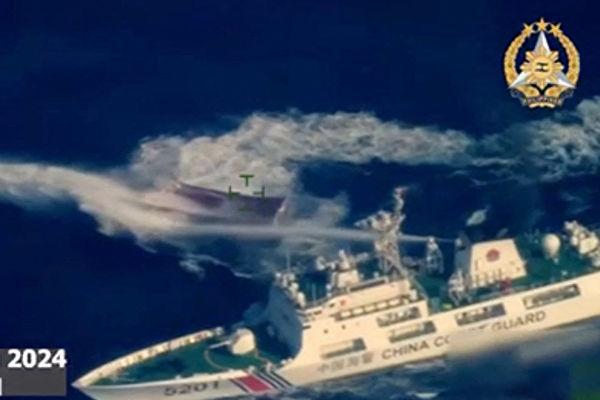Commentary
The incursion of China’s seafaring vessels into the waters surrounding the Philippines and Taiwan has attracted global attention as the world’s largest Coast Guard.

The incursion of China’s seafaring vessels into the waters surrounding the Philippines and Taiwan has attracted global attention as the world’s largest Coast Guard.